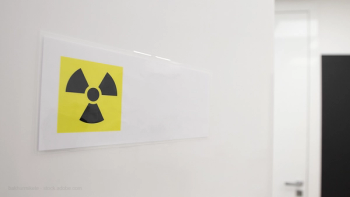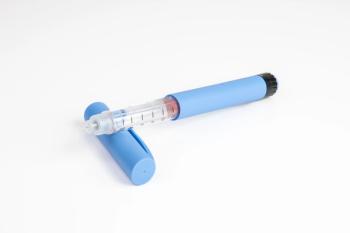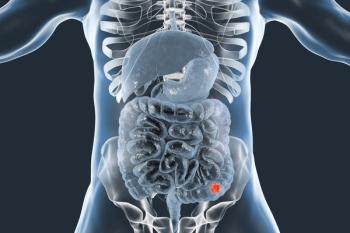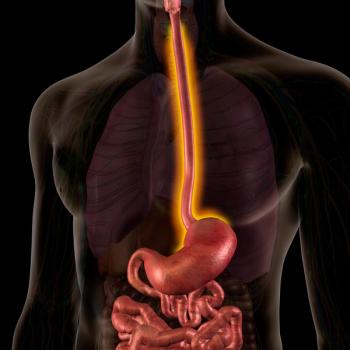
The 6-Year Cure Threshold: Redefining Cure for Colon Cancer Survivors
New research clarifies the definition of "cure" in stage II and III colon cancer, highlighting a six-year milestone for patient reassurance and care efficiency.
The concept of a cure in oncology, particularly for stage II and III colon cancer (CC), has historically suffered from ambiguity due to limitations in conventional clinical trial endpoints. Ideally, the primary goal of adjuvant therapy trials is to assess whether treatment improves the chances of a cure, meaning the proportion of patients who never relapse. According to a recent study in
However, traditional endpoints such as relapse-free survival (RFS) and disease-free survival (DFS) are considered "imperfect predictors of cure" because they include events that are often unrelated to the original cancer. DFS considers local or distant recurrences, second primary tumors and deaths from any cause (including noncancer-related death) as events. Similarly, RFS includes second primary tumors and deaths related to the primary cancer.
The inclusion of noncancer deaths and second primary tumors is misleading because, in most cases, these events do not equate to a relapse of the initial CC and improve the chance of cure from the prior cancer. This methodological rigor, while ensuring robust trial design, obscures the precise definition of "cure." This lack of clarity complicates the communication of long-term outcomes to patients.
To address this challenge, Alessandro Pastorino, M.D., from the IRCCS Ospedale Policlinico San Martino, Medical Oncology Unit in Genova, Italy, and a team used a dataset from the Adjuvant Colon Cancer Endpoints Group and the International Duration Evaluation of Adjuvant Chemotherapy to conduct a pooled analysis of individual patient-level data from 15 phase 3 randomized clinical trials. The goal was to separate true local and distant recurrences of the initial CC from competing health-related events, such as death without apparent recurrence and second primary tumors, to determine when the incidence of true relapse approaches 0%.
The study included 35,213 patients with stage II or III CC who underwent radical surgery and received adjuvant chemotherapy. The statistical analysis employed Kaplan-Meier and Aalen-Johansen methods, treating death and second primary tumors as competing risks. The investigators established a predefined threshold for cure as a recurrence risk below 0.5%.
The pooled analysis yielded a decisive finding: the incidence of colon cancer–related relapse declined continuously and fell below the predefined threshold of 0.5% by year six after surgery. The recurrence rate initially peaked at 6.4% between month six and month twelve and decreased steadily thereafter.
Importantly, the study confirmed that relying on traditional measures inflated the estimated recurrence rate. Competing-event analysis revealed that the inclusion of death and second primary tumors inflated the apparent recurrence rate, particularly for older patients. The cumulative incidence of events (recurrence plus death as a competing risk) was significantly higher for older age groups, demonstrating that defining death from any cause as a CC-related event leads to overestimation of risk. Furthermore, when death was considered a competing risk, female patients showed a significantly lower cumulative incidence of recurrence (hazard ratio, 0.58; P < .001).
The authors concluded that a recurrence rate below 0.5% after six years from surgery supports a practical and clinically relevant definition of cure for patients with stage II or III CC. They noted that a risk below 1% was associated with a sense of safety and confidence, supporting the pragmatic choice of the 0.5% threshold. The annual risk of CC recurrence beyond six years (below 0.5%) was higher than the background incidence of de novo CC in the general population aged 60 and older, but it was below the annual risk of other common events, like major cardiovascular events in the same age group (0.51% to 1.6%).
The results have significant implications for the managed care of colon cancer survivors. The authors emphasized the importance of clearly communicating to patients when they may be considered cured, noting the potential psychological and societal benefits.
The study suggests that recognizing a six-year milestone permits the secure cessation of routine follow-up thereafter. This action results in two significant clinical advantages: enhancement of the patient's quality of life and a decrease in healthcare system expenditures by curtailing superfluous long-term monitoring. The authors proposed employing a narrow definition of RFS, focusing solely on local or distant recurrence, as a pertinent secondary endpoint in forthcoming adjuvant studies, consistent with the six-year threshold for cure.
Newsletter
Get the latest industry news, event updates, and more from Managed healthcare Executive.






















































